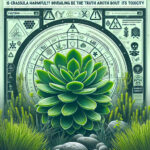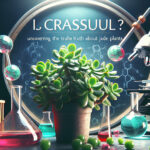Introduction to Crassula Plants
Welcome to the world of Crassula, a genus of succulent plants that has intrigued enthusiasts and graced homes for years. Among them, the Crassula ovata, commonly known as the Jade plant, stands out with its thick, jade-colored leaves and sturdy stems, evoking images of rain-soaked pebbles and tranquility. But these aren’t just aesthetically pleasing; they’re a popular pick for indoor plant enthusiasts around the globe, thriving with minimal fuss and exuding calm into their surroundings.
The sheer variety within the Crassula genus is nothing short of fascinating. From the compact Crassula perforata, with its stacked leaves, to the mesmerizing patterns of Crassula ‘Buddha’s Temple’, these plants are a testament to nature’s artistry. Yet, for all the beauty these plants offer, concerns linger. Is there a hidden danger to these seemingly benign house guests? Are Crassula plants, as some rumors suggest, poisonous to humans? These are the questions that tap into our innate need for safety, especially in the sanctuaries we call home.
Real-life instances of curious pets or toddlers sampling household greenery are not uncommon. Naturally, this leads to trepidation amongst plant lovers looking to create a safe home environment. The serenity that a Crassula plant brings to a room should never come with a caveat of potential peril. So, as we delve into the verdant embrace of these succulents, we also gear up to unearth the truth about their effects on human health, stripping away the myths and laying bare the facts.
Understanding Plant Toxicity
Welcome to the verdant world of Botanical Wonders, where lush greenery meets hidden hazards. When we speak of toxicity in plants, we’re peeling back the leafy layers to reveal the potential for plants to pack a punch. Poisonous? Perhaps. Harmful? That depends! Let’s unravel this green mystery!
Picture this: A stunning Crassula sitting pretty on your windowsill. But what lurks within those leafy folds? Toxicity in plants is a curious concoction of chemistry. Some are as mild as a bee’s buzz, causing irritation if you decide to snack on a leaf (not recommended). Others are so severe they could put you in a floral funk with just a touch.
How do we measure a plant’s feisty factor? Through science, of course! Toxicity levels are elucidated from mild tingle to severe reactions. It’s not just about eating them; some plants exude their essence into the air or via a not-so-friendly caress. Beware of beauty that bites!
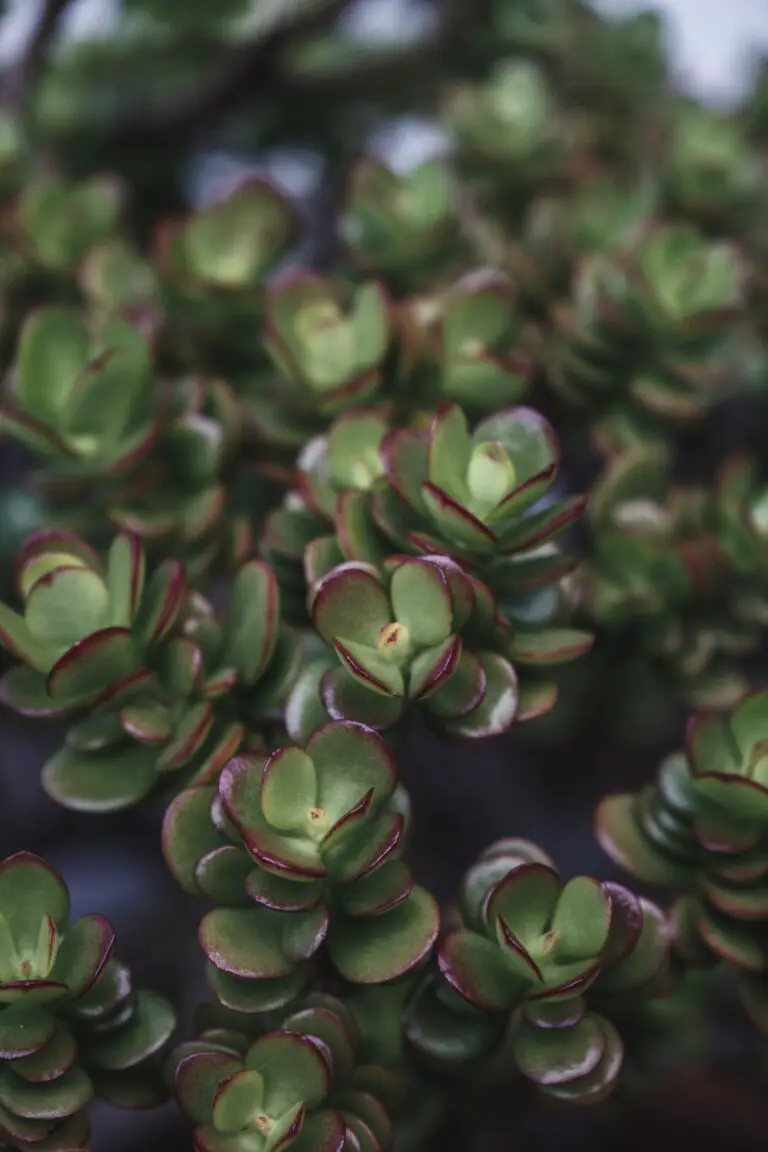
But here’s the twist in the vines: Not all greens are out to get you. Many have coiled around our culture, offering themselves up as symbols of peace, healing, and life. Yet, even the most benevolent bush may hold a prickly secret for those who dare to dig too deep.
Let’s not leaf out the fact that some of these green fellows are used in traditional remedies, walking a delicate line between cure and curse. Intrigued? You should be. Stay rooted as we continue exploring the enchanting yet enigmatic world of plants.
Crassula Toxicity: Fact or Fiction?
When it comes to our leafy housemates, the Crassula species, commonly known as jade plants, have nestled comfortably into many a home’s nook. But beyond their plump leaves and serene presence lies a question that pricks the curiosity of plant enthusiasts and pet owners alike: Are these green companions cloaked in toxicity?
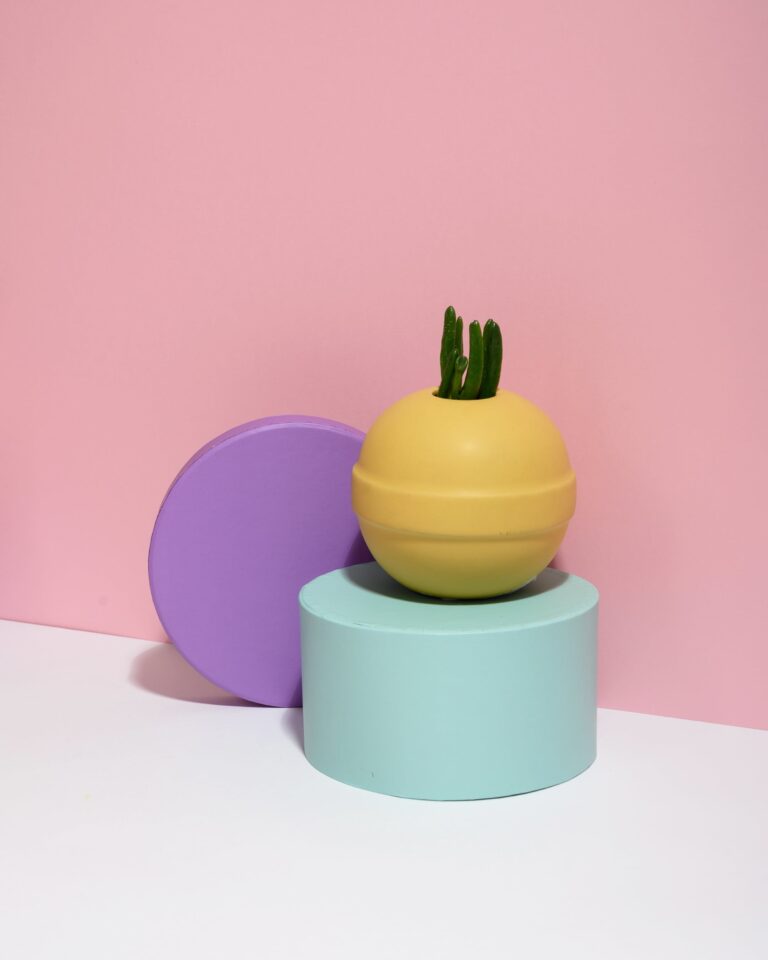
Diving into the sea of research, one can find a mosaic of opinions on Crassula’s potential to harm us bipedal caretakers. Yet, amidst the scientific jargon and botanical labyrinths, the verdict seems clear-cut: Crassula, by and large, poses little threat to human health. But, like every rule, exceptions seek to bend it. It’s essential to note that while the Crassula genus doesn’t shout danger for us, some individuals may experience mild reactions if they test the waters with a curious nibble.
Comparing the infamous foliage of Crassula to the notorious toxin-weavers of the houseplant world paints an even clearer image. While some distant cousins, like the luscious Dieffenbachia, weave a siren’s song of peril with every leaf, Crassula hums a far less alarming tune. To put it in context, if the Crassula were a character in a mystery novel, it might play the role of the misleading yet ultimately harmless suspect—the Miss Scarlet in the conservatory with the candlestick, if you will.
To bring this into the lens of the real world, imagine a sunny Sunday morning, the smell of coffee in the air, and you, tending to your indoor garden sanctuary. Amongst your green friends sits a Crassula, peaceful and unassuming. It’s not plotting your downfall; it’s simply soaking in the sunbeams, oblivious to the melodrama of toxicity concerns. This is not to dismiss the healthy practice of keeping plants out of reach of curious children or nibbling pets—it’s always better to play it safe than be sorry.
For a more detailed exploration of the safety of our foliaged friends, take a botanical stroll through our ultimate guide to indoor succulent plants, where care, maintenance, aesthetics, and yes, safety considerations are brought into the limelight, offering you a green thumb’s blueprint to a pet-friendly and human-friendly indoor oasis.
So while the tale of Crassula’s toxicity might start as a spine-tingling thriller, it ends as a reassuring bedtime story. And on that note, let’s keep turning the pages as we cultivate our botanical kinships, with Crassula getting the green light for a continued peaceful coexistence under our roofs.
Human Health and Crassula Exposure
When it comes to our leafy compatriots, the Crassula, we often admire their plump leaves and picturesque silhouettes gracing our windowsills, but seldom do we ponder upon the question: Is Crassula precarious to our well-being? Welcome to a critical examination of how these unassuming succulents may interact with us on a biological level; a look at the symptoms they may elicit, and the first-aid measures we ought to know.
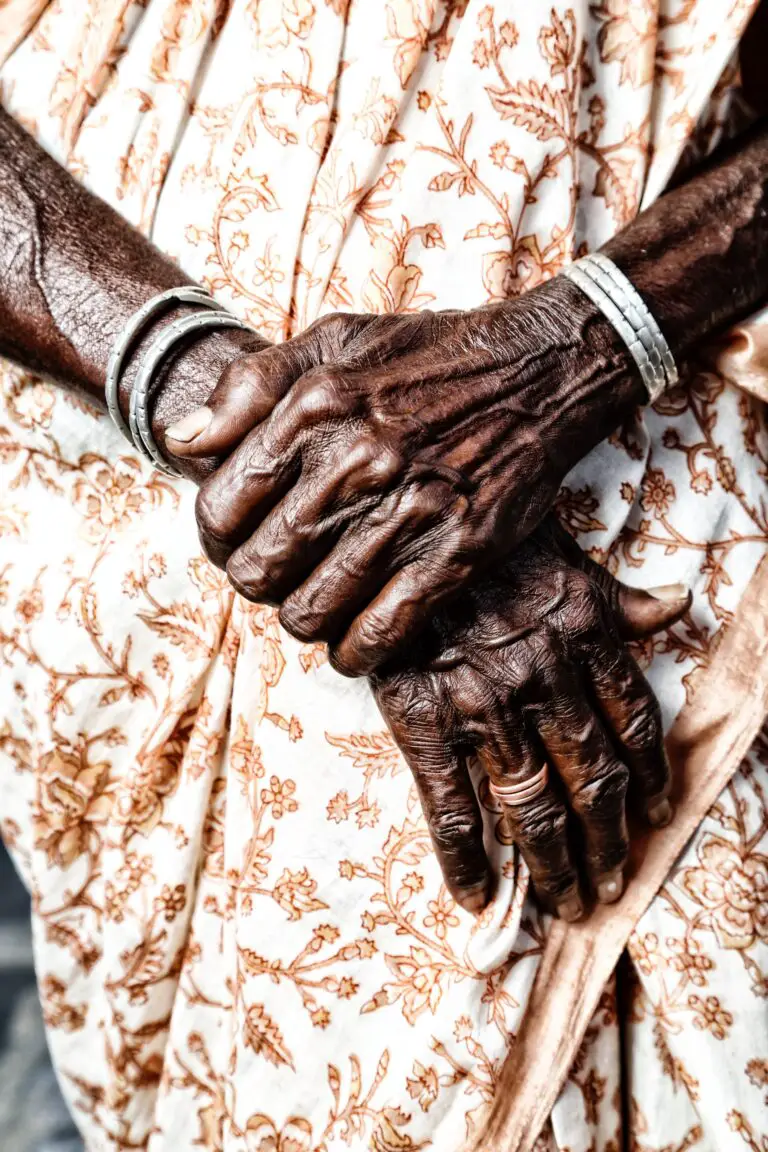
Brushing past a ‘Jade Plant’ or a ‘Money Tree’, as these beauties are fondly called, might appear innocuous, however, anecdotal evidence and hazy scientific findings suggest a different storyline. Take for instance, the Crassula ovata, commonly encountered and often touched with bare hands. Reports reveal that a causal link might exist between direct contact with the sap and the emergence of skin irritation in sensitive individuals. Is it likely for these succulents to stir a reaction akin to the blisters and discomfort some experience from notorious plants like poison ivy? Only further discourse in the horticultural circles will shed light.
Yet, it’s the ingestion of Crassula plants where the plot thickens – a genuinely curious toddler or a misinformed adult might find themselves confronting symptoms ranging from mild nausea to diarrhea. Amidst the clamor and concern that follows such an incident, it’s crucial to maintain composure and sequester the necessary first aid for plant poisoning. Understanding the actions to take could be the determining factor between a close call and a medical emergency.
As we navigate this verdant labyrinth, it’s exemplary to acknowledge that plant-human interactions are not inherently adversarial. Not all touch leads to reactions, nor does every taste result in adverse effects. The thresholds of tolerance vary vastly, and so do the degrees of exposure. Implementing measures of prudence – such as keeping these plants out of reach of children and pets, and using gloves when handling them – crafts a co-existence that respects both the beauty and the veiled threats of these succulent species.
While the Crassula genus remains shrouded in mystery, and officially inconclusive on the toxicity charts for humans, one must treat these green companions with the nuanced respect they deserve. After all, inherent to their allure is the possibility that they are not just surviving beside us, but are subtly influencing our livelihoods, one leaf at a time.
Keeping Your Home Safe with Crassula
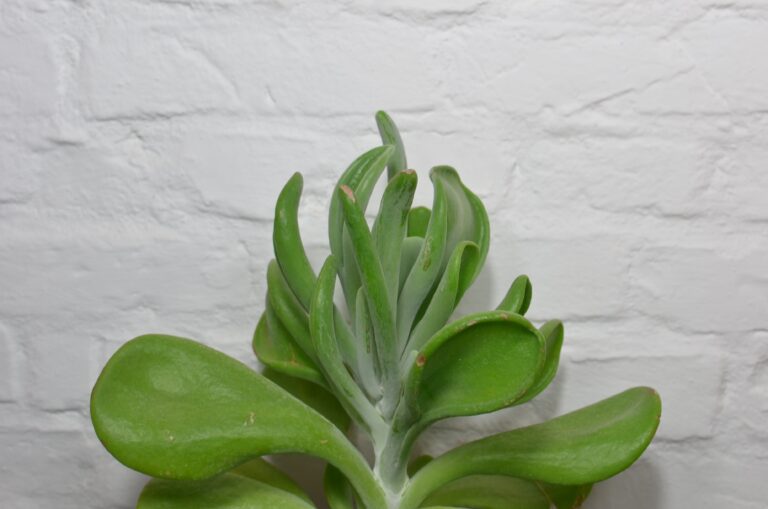
Ah, the Crassula—its thick, wavy leaves can bring a zen-like ambiance to any room. But when you’re living with little ones eager to taste-test the world, or four-legged friends who might nibble out of curiosity, it’s essential to know how the decorative decisions you make could impact your household’s wellbeing.
So, is Crassula safe, or does it lurk in your living room, a hidden green menace? Let’s dive into some tips for cohabiting peacefully with this beautiful succulent, to keep everyone in your home out of harm’s way.
Tips for Safely Decorating with Crassula Plants
Imagine you’re perfecting the feng shui in your cozy nook with a stunning Crassula arrangement, and it strikes you—could this plant be a concern? Not to worry! While Crassula plants are not generally toxic to humans, they can cause a bit of trouble if ingested in large quantities. Be a conscious decorator—place your Crassula on high shelves or in rooms that are off-limits to children and pets. Think of it as creating a picturesque “look but don’t touch” exhibit in your own home.
Strategies for Preventing Accidental Ingestion by Children and Pets
Kids and pets have a knack for getting their hands (or paws!) on things they shouldn’t. Stay one step ahead! Use natural barriers like plant stands that discourage your curious toddler or feline friend from turning your Crassula into a snack. Share a story with your kids about the “special guardian” plants that love to be admired from afar. It’s not just a safety measure—it’s cultivating respect for nature while keeping the intrigue alive.
Information on Proper Handling and Care to Minimize Risks
Proper plant care isn’t just about aesthetics; it’s also about safety. Ensuring your Crassula is healthy and well-maintained means there’s less risk of fallen leaves where tiny hands might find them. Interested in mastering the art of Crassula care? Take a peek at this resourceful guide packed full of succulent wisdom—like making sure your plant gets plenty of sunlight without over-watering. Who knew that being a green-thumbed guru could double as a safety practice?
Alternatives to Crassula: Non-Toxic Houseplants
When delving into the realm of botany inside our homes, we often seek the allure of greenery without the peril—especially for those of us with inquisitive toddlers or persistent pets. Let’s turn our attention to a thriving variety of non-toxic houseplants that guarantee safety and deliver aesthetic pleasure.
Imagine a world where every corner of your home is filled with lush, safe foliage. A home where the Crassula’s query of toxicity fades into a trove of vibrant, guilt-free options. Switching to non-toxic alternatives doesn’t mean compromising on charm or variety. In fact, it opens the door to a treasure trove of plants equally adept at sprucing up your abode.
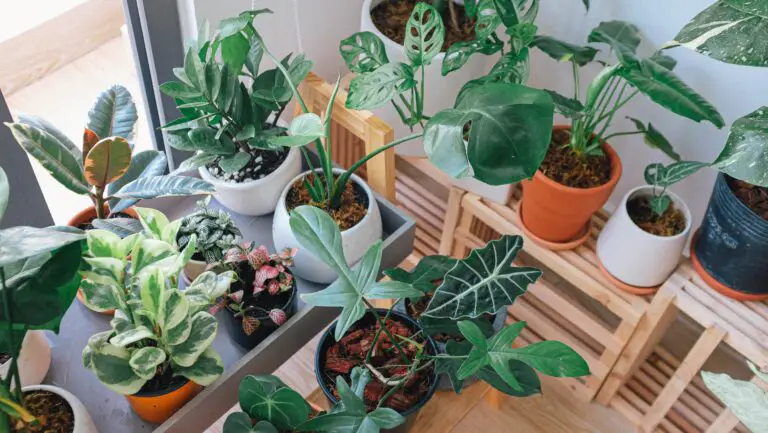
Let’s set the stage with the Spider Plant (Chlorophytum comosum), a classic choice known for its air-purifying qualities and arching fronds that dance in the dappled light of a sunny nook. Or perhaps the bold, statuesque leaves of the Rubber Plant (Ficus elastica), standing vigil as a sturdy, non-toxic guardian to your family’s health.
For those craving a splash of color, the African Violet (Saintpaulia) parades its purple hues while the Prayer Plant (Maranta leuconeura) raises its vibrant leaves, as if in applause to your home’s harmonious ecosystem. Imagine a delightful evening as these tactile beauties close their leaves—safe for all to touch, marvel, and adore.
Equally intriguing are the Bamboo Palms (Chamaedorea seifrizii) that whisk you away to an exotic retreat, all from the comfort of your urban jungle. Picture a playful game of hide-and-seek among their fronds, with no risk of toxic exposure to disrupt the laughter.
Revel in the sheer pleasure of tending to your indoor garden, knowing that each plant is a green beacon of safety. As we’ve explored, creating a space vibrant with life doesn’t have to come at a cost to our wellbeing. And isn’t that the peace of mind we all yearn for when surrounded by the natural wonders we so lovingly cultivate?
Professional Insight: What Experts Say
When it comes to the Crassula plant, popularly nestled in homes for its charming jade-colored leaves and easy care, a bubbling question persists: is crassula poisonous to humans? To unravel this botanical enigma, we’ve reached out to the very custodians of plant wisdom – botanists, toxicologists, and medical professionals.
Botanists celebrate Crassula for its vast variety, noting that certain species like Crassula ovata, also known as the ‘Jade Plant’, are household favorites. Yet, they urge caution, as the plant family’s sap contains compounds that may cause irritation upon contact with sensitive human skin. “While Crassula isn’t a usual suspect for severe poisoning, it’s best to keep it out of reach of curious children and pets,” warns a botany professor from the local university.
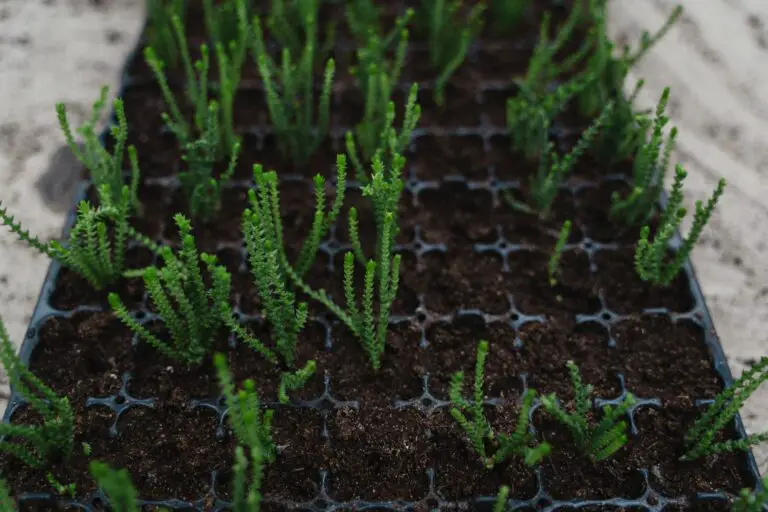
Toxicologists chime in, clarifying that while Crassula is not known to be fatally toxic, ingestion can lead to nausea, vomiting, or diarrhoea. “It’s the dose that makes the poison,” states a clinical toxicologist. “Tiny nibbles by accident may not cause much harm, but it’s critical to inform a medical professional if any part of the plant has been ingested.”
From the medical corner, physicians recount tales of gardeners and houseplant aficionados who’ve experienced mild reactions. “One patient came in with a rash after repotting her Crassula,” shares an emergency room doctor. “It turned out to be a mild dermatitis that resolved with treatment. Awareness of the potential effects is key to prevention.”
It’s essential to note that reactions can vary based on individual sensitivity and the specific Crassula species in question. As these professionals highlight, while Crassula plants add a touch of green elegance to your space, they possess a hidden sting that warrants respect and care. Knowing this can ensure your green-thumb adventures remain as safe as they are enjoyable.
Conclusion: Your Questions Answered
As we circle back to the root of our concerns, we grasp the significance of discerning the toxic impact of our green companions on our health. Through the verdant journey of our article, “Is Crassula a Hidden Danger? Unveiling Its Effect on Humans”, we’ve unearthed vital insights into the nature of plant toxicity and Crassula’s role in it. It’s imperative for plant enthusiasts and pet owners alike to acknowledge these facts, not just for their well-being, but for a harmonious relationship with their leafy dwellers.
When it comes to Crassula, it behooves us to appreciate both its tranquility-inducing aesthetics and be wary of the potential harm it can bring if not handled with care. Just as a cactus has its protective spines, Crassula carries its baggage of toxicity—albeit under its serene facade. We all remember that unforgettable moment when Susie placed a charming Crassula by her windowsill, only to realize later that her curious toddler needed to be steered clear of the not-so-cuddly succulent. It’s this very mindfulness that underpins a responsible plant owner’s ethos.
Keep pressing forward, fellow green thumbs! The verdant world of botany is as rich as it is complex, and it’s up to us to navigate its nuances. Analogous to a gardener who tills the soil with precision and care, we too must cultivate a deeper understanding of the plants we bring into our sanctuaries. It’s not just about the oxygen they provide or the visual delight they bestow—it’s about the shared space we inhabit and the symbiotic relationship we nurture.
For those who are still curious or on edge about the enigmatic Crassula, here’s an informative video that delves into the matter:
May this article serve as a guiding beacon in your horticultural quests and your pursuit of a safe and refreshing environment within the sacred bounds of your home. Let our discussion not be the final chapter but rather, a sprouting bud in the ever-growing garden of knowledge, waiting to unfurl its petals through continuous exploration and research.
Frequently Asked Questions
When it comes to Crassula, a plant treasured for its charming jade leaves and stout growth, a common murmur among plant enthusiasts concerns its safety. You’re not alone in pondering, “Is Crassula poisonous to humans?” Dive into the verdant world of this succulent as we address the pressing queries with gusto!
Is Crassula Harmful If Touched or Ingested?
It’s a sunny weekend, and as you tend to your indoor oasis, a niggling question pops up—what if my child nibbles on this greenery? Rest assured, while Crassula isn’t known to be a villain on the window sill, it’s best to err on the side of caution. Skin contact is usually harmless, but if a curious pet or toddler decides to sample your green buddy, it could cause mild digestive upset. Think of it as unwelcome as a garden gatecrasher at a barbecue—mostly a nuisance, but not a disaster.
What Symptoms Should I Look Out For?
Imagine you’re hosting a garden soiree and one of your guests accidentally mistakes a Crassula leaf for a novel appetizer. Cue mild drama. They might experience nausea, vomiting, or even a disconcerting laxative effect. Keep an eye out for these uninvited party fouls if Crassula is ingested, and consult a healthcare provider if you spot these unwanted symptoms, just as you would handle a conundrum at a potluck.
Are All Crassula Varieties Equally Toxic?
Think of Crassula varieties as a collection of boutique chocolates—each one unique. While most species share similar safety profiles, it’s wise to individually vet your verdant companions. Some, like the Crassula ovata, may only give you a slight tummy twinge if ingested, whereas others could induce a more intense tangle with discomfort. It’s akin to understanding that not all desserts at the dessert table will agree with you.
How Do I Keep My Family Safe Around Crassula?
When the sanctuary of your leafy abode brims with Crassula, it’s akin to decorating with glass figurines when you have kids around—handle with care. Keep your Crassula on higher shelves or in spaces less frequented by children and pets. Think of it as placing the punch bowl out of reach at a junior’s birthday bash—preventive, prudent, and parental.
Curious about more real-life scenarios and in-depth insights? Then settle in for a visual treat! Watch the video below and let’s explore the enigmatic realm of Crassula together.
What Should I Do If I Suspect Crassula Poisoning?
Let’s set the scene: an afternoon of laughter and chatter, until someone’s bambino makes a beeline for your Crassula. If ingestion occurs, keep your cool like a seasoned host defusing a spilt drink situation. Wipe away the worry with prompt action by contacting poison control or seeking medical advice. Keep your composure, just as you would in smoothing over any small mishap among friends.
